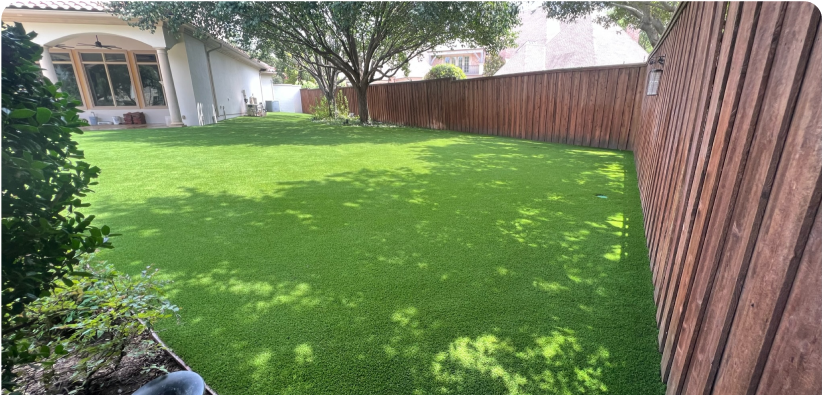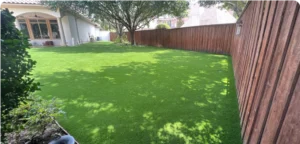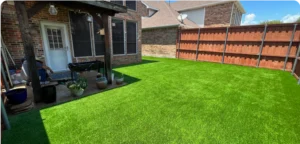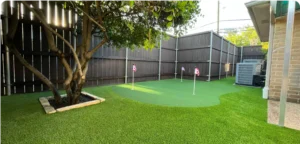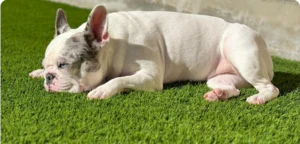The traditional American lawn is undergoing a transformation. As homeowners seek eco-friendly, low-maintenance, and cost-effective solutions, artificial turf has emerged as a popular alternative to natural grass. But why is it gaining such widespread popularity? Let’s explore the reasons behind this growing trend.
1. Sustainability and Water Conservation Water scarcity is a pressing concern in many regions, making artificial turf an eco-friendly solution. It requires no watering, saving thousands of gallons of water annually. For drought-prone areas, this is a game-changer.
2. Minimal Maintenance, Maximum Aesthetics Artificial turf offers a consistently lush and green appearance year-round, without the need for mowing, fertilizing, or pest control. This low-maintenance option allows homeowners to enjoy a beautiful lawn without the hassle.
3. Technological Advancements in Turf Design Modern artificial turf has come a long way from its early versions. Today’s products mimic the look and feel of natural grass with realistic textures, multi-tone fibers, and innovative infill systems that enhance comfort and durability.
4. Pet- and Child-Friendly Features Artificial turf is designed to withstand heavy use from pets and children. It’s resistant to digging, mud, and odors, making it a practical choice for families. Many options are non-toxic and allergen-free.
5. Long-Term Cost Savings While the initial investment in artificial turf is higher than natural grass, it pays off in the long run through reduced water bills, lower maintenance costs, and longevity.
6. Versatility and Customization Artificial turf can be installed in a variety of settings, from residential lawns and playgrounds to commercial properties and sports fields. It’s adaptable for any space, providing aesthetic appeal and durability.
Conclusion Artificial turf is redefining the future of lawns by offering a sustainable, convenient, and attractive alternative to natural grass. As technology advances and environmental concerns grow, artificial turf is poised to become the standard for modern, low-maintenance landscapes.

